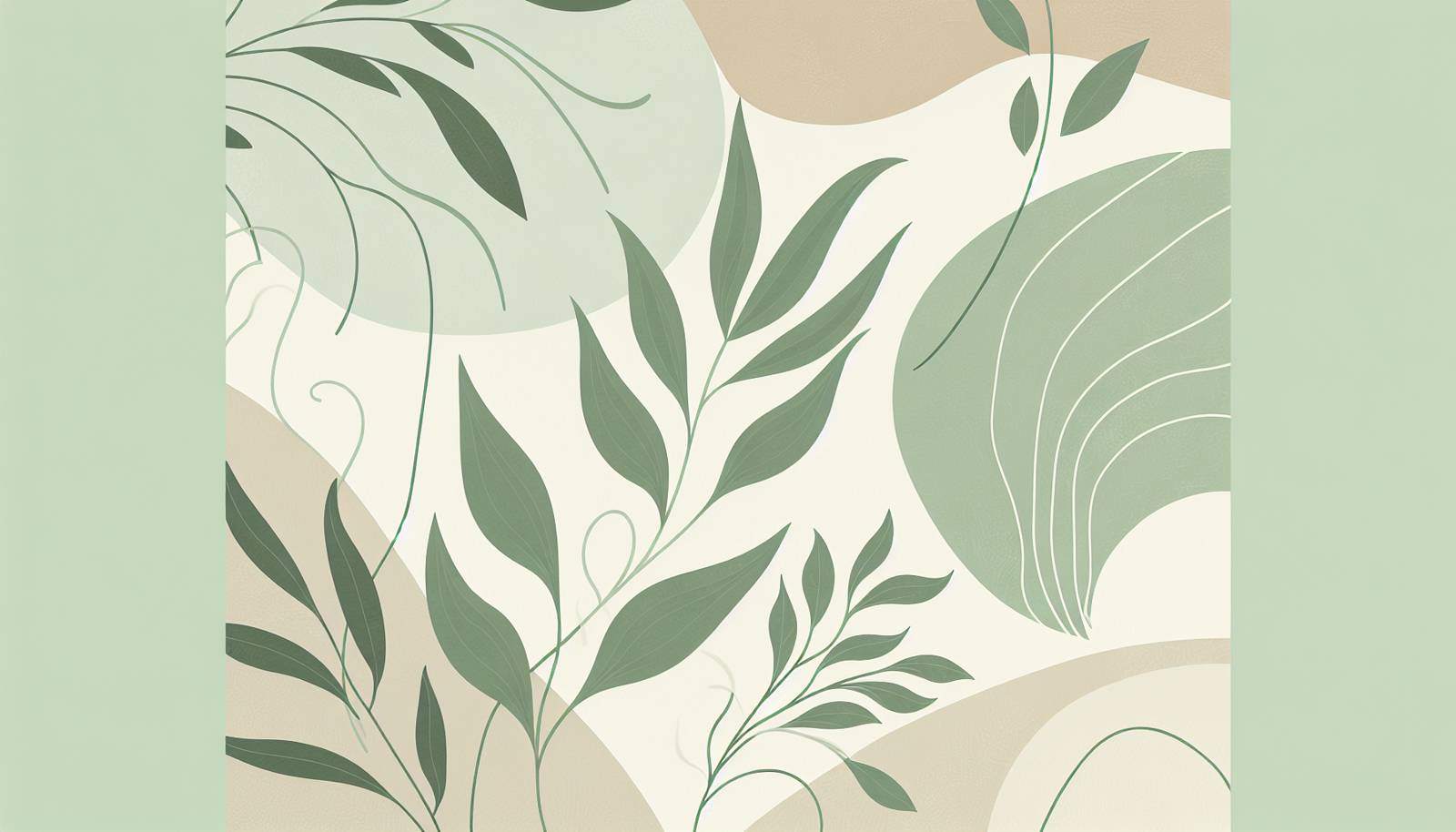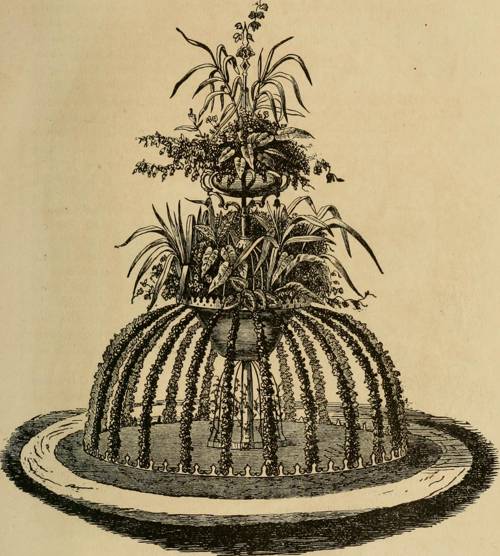
FAQ About Decorative Indoor Plant Arrangements

What are decorative indoor plant arrangements?
Decorative indoor plant arrangements are carefully planned displays of plants within an interior space. These arrangements combine various plant species with complementary aesthetics to create appealing designs that enhance a room's decor while purifying the air and providing a connection to nature.

How do I choose the right plants for indoor arrangements?
When selecting plants for indoor arrangements, consider the lighting conditions of your space, the size of the plants, and their maintenance requirements. Choose plants that thrive under similar conditions and vary in height, texture, and color to add interest to the arrangement.

What are some popular plants for indoor arrangements?
Some popular plants for indoor arrangements include succulents, ferns, pothos, spider plants, peace lilies, and snake plants. These plants are known for their adaptability to indoor environments and varying light conditions, making them excellent choices for beginners and experts alike.

How do I arrange plants to create a balanced design?
To create a balanced plant arrangement, start by selecting a focal point plant and then arrange other plants around it based on height, color, and texture. Use odd numbers of plants, which tend to look more natural. Ensure taller plants are placed at the back if the arrangement is against a wall or in the center if it's a freestanding display.

Can I mix different types of plants in one arrangement?
Yes, mixing different types of plants in an arrangement can create a dynamic and interesting display. Ensure that the plants you mix have similar light, water, and humidity requirements to ensure they thrive together in the same environment.

What are some design principles for plant arrangements?
Key design principles for creating plant arrangements include balance, contrast, unity, and scale. Balance involves distributing plant weight evenly across the arrangement; contrast uses different colors and textures to add interest; unity means maintaining a cohesive look; and scale refers to proportionate plant size and placement.

How do I take care of plants in decorative arrangements?
Care for your decorative plant arrangements by placing them in suitable lighting, watering them according to their needs, and ensuring proper drainage. Regularly dust the leaves, prune dead foliage, and check for pests. Note that each plant may have specific care requirements.

What are some tips for arranging plants in small spaces?
In small spaces, use vertical arrangements like hanging planters or wall-mounted shelves to save floor space. Choose plants with a slender growth habit, or use trailing plants to add volume without occupying too much space. Grouping pots of different heights can also add depth and interest without overwhelming the area.

How can I use color in my plant arrangements?
Use color in plant arrangements to complement your existing decor. Choose plants with colored foliage or flowers that match or contrast with your room's color scheme. Group plants with similar shades for a harmonious look, or use a color wheel to select contrasting colors for more vibrant arrangements.

What is the role of containers in plant arrangements?
Containers play a crucial role in plant arrangements, as they enhance the visual impact and complement the decor. Choose containers that match the style of your room, add drainage holes if necessary, and vary their size and shape to add dimension to the arrangement.

Can indoor plant arrangements improve air quality?
Yes, indoor plant arrangements can improve air quality by filtering pollutants from the air. Plants like spider plants, peace lilies, and Boston ferns are particularly effective in removing toxins such as formaldehyde, benzene, and trichloroethylene from indoor air.

How can I create a low-maintenance plant arrangement?
To create a low-maintenance plant arrangement, select hardy plants that require minimal care, such as succulents, ZZ plants, or snake plants. Ensure they have access to indirect light and only require occasional watering. Use self-watering pots or place arrangements in a location with stable humidity to minimize upkeep.

What are some common mistakes to avoid when creating plant arrangements?
Common mistakes include overplanting, selecting plants with incompatible care needs, and ignoring the lighting conditions of the space. Avoid using containers without drainage, and ensure regular maintenance to prevent plants from becoming overgrown or wilted.

How does lighting affect indoor plant arrangements?
Lighting is crucial for the health and aesthetics of indoor plant arrangements. Most plants require adequate light to thrive, so select plants based on the natural light available in the intended location. If natural light is limited, consider using grow lights to supplement.

How do I create a themed plant arrangement?
To create a themed plant arrangement, choose plants, containers, and decorative elements that fit a specific motif such as tropical, desert, or woodland. Incorporate elements like driftwood, stones, or thematic knick-knacks to enhance the overall theme.

What are the best practices for combining indoor plants with other decor elements?
Combine indoor plants with other decor elements by ensuring the overall color palette and style are cohesive. Use plants to complement key furniture pieces or accents, such as placing a tall plant next to a sofa or small succulents along a shelf. Balance is key to creating harmony between plants and decor.

How can I incorporate seasonal changes into my plant arrangements?
Incorporating seasonal changes involves rotating plants that thrive in different seasons or swapping accessories to reflect seasonal colors. Consider plants that flower at different times of the year or add seasonal decorations like autumn leaves or spring flowers to your arrangements.

What are some innovative ways to display indoor plant arrangements?
Innovative display ideas include vertical gardens, hanging terrariums, repurposed furniture as plant stands, and creating living walls. These methods not only add visual interest but also maximize the use of space, especially in small homes or apartments.

How do I maintain the aesthetics of a plant arrangement over time?
Maintaining the aesthetics involves regular care such as pruning, cleaning both leaves and containers, and occasionally refreshing the arrangement by adding new plants or rearranging existing ones. Keeping plants healthy will ensure they continue to look good while complementing your indoor decor.

What resources are available for learning more about decorative indoor plant arrangements?
To learn more, explore books on interior gardening, online courses, blogs, and YouTube channels dedicated to plant care and design. Joining local gardening groups or workshops can also provide hands-on experience and community support.
